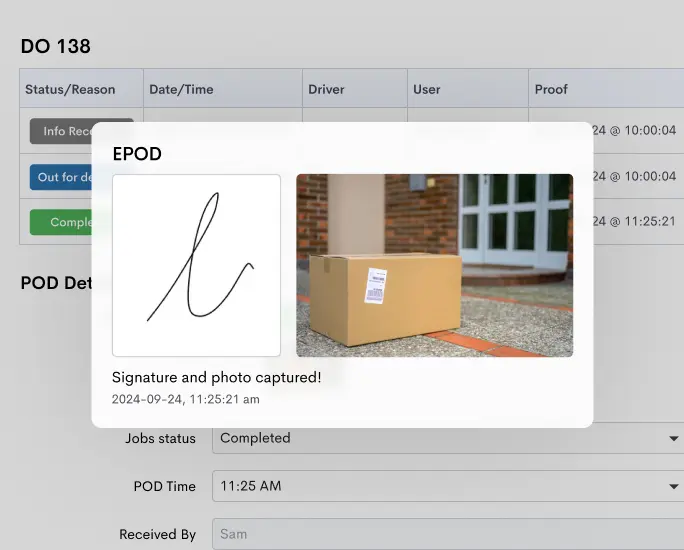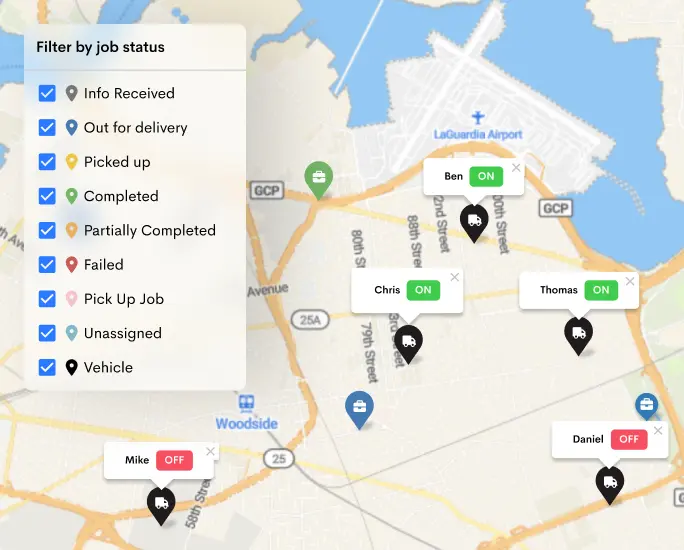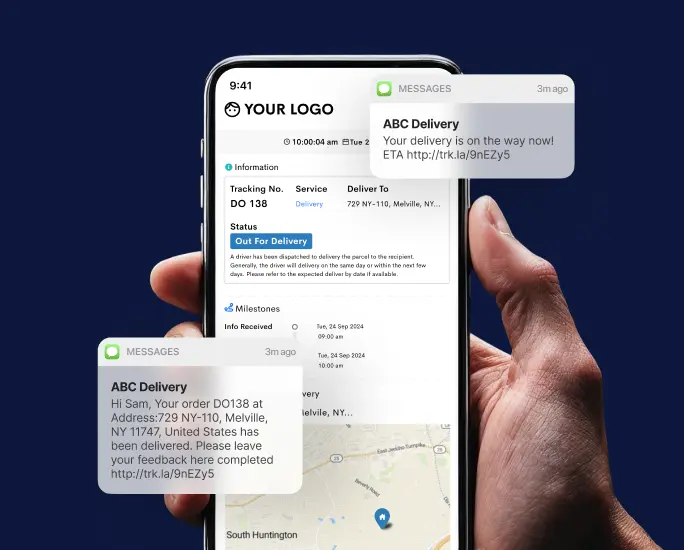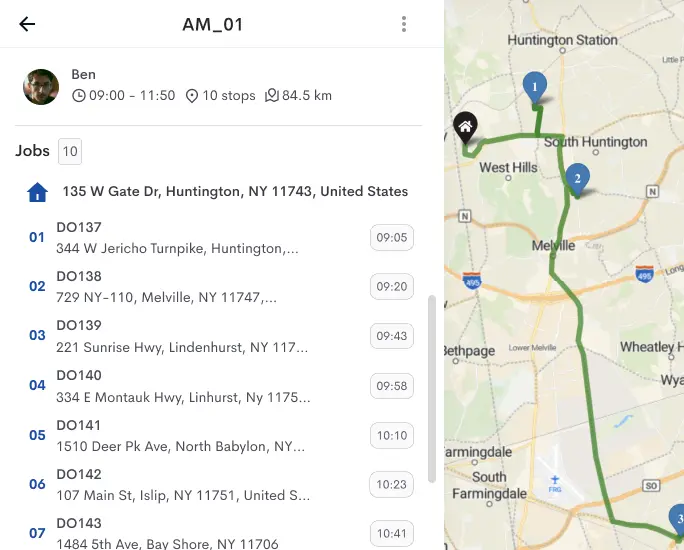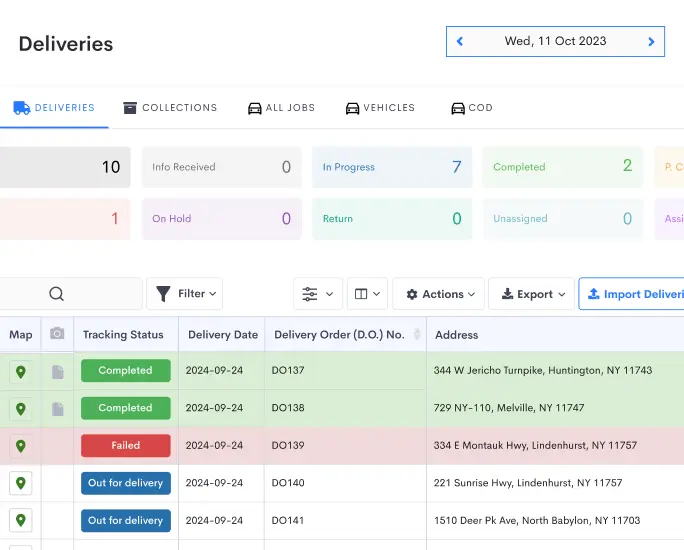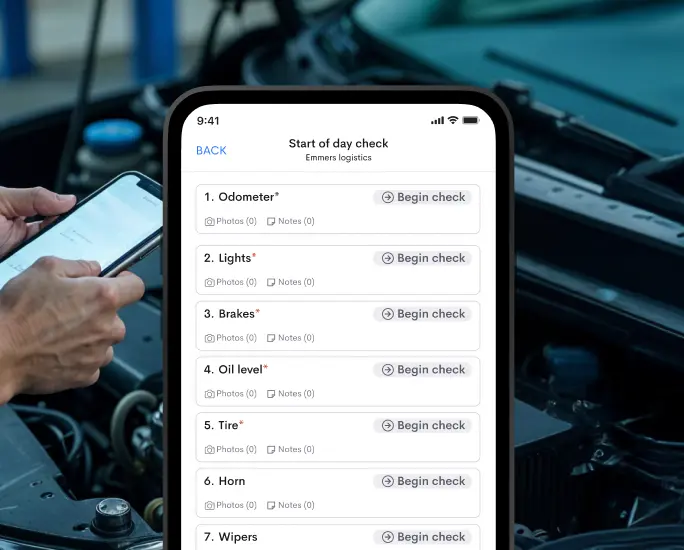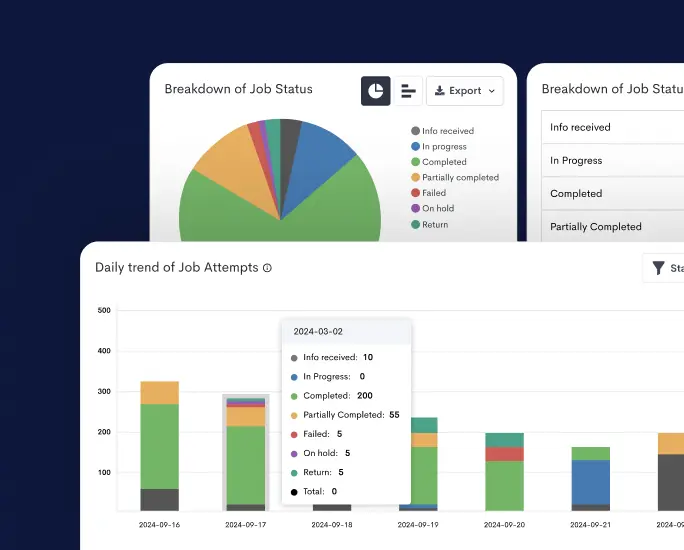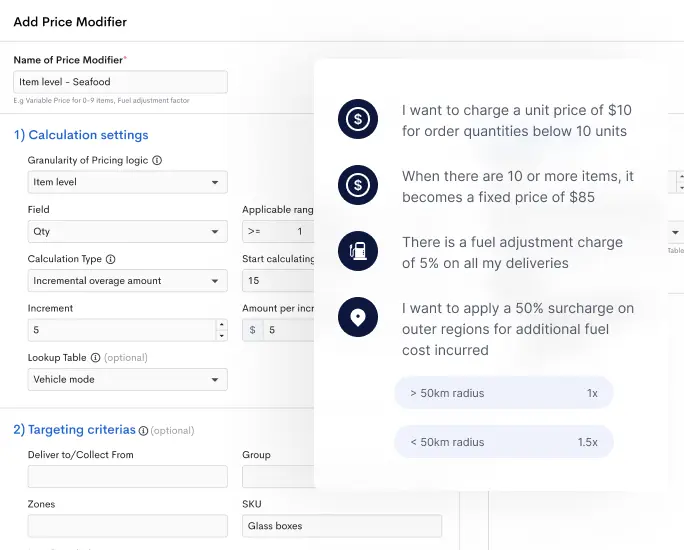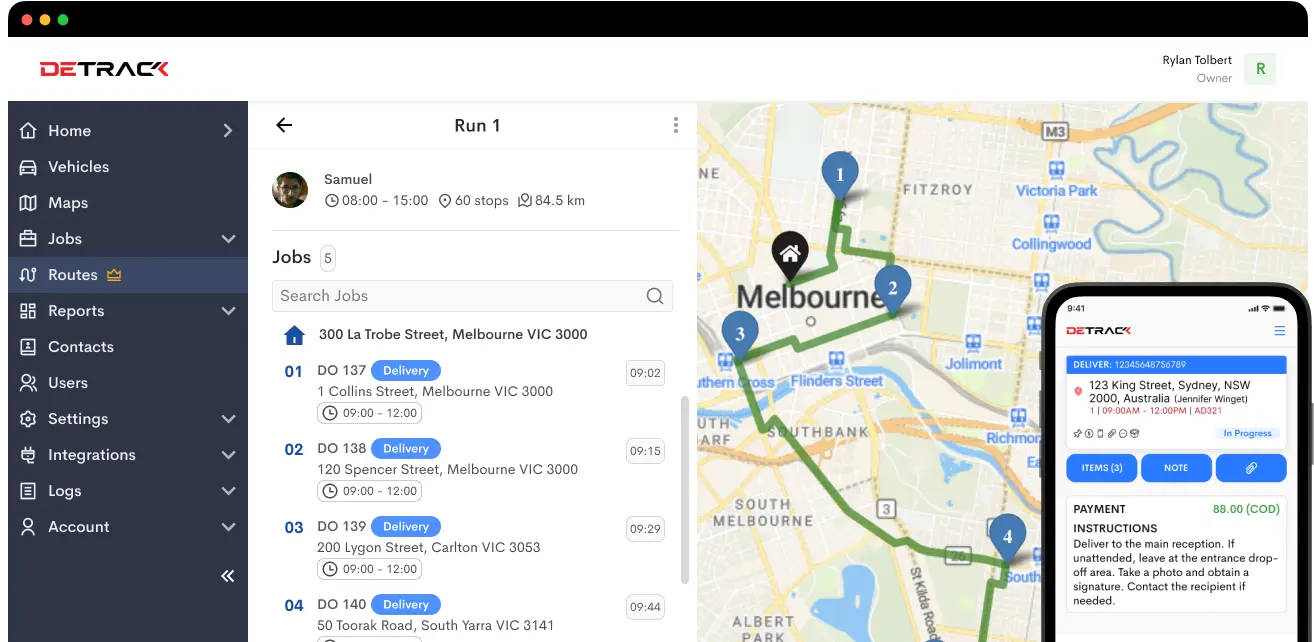Businesses must adapt to new challenges, including changing customer expectations and unprecedented global events. One notable shift in the delivery landscape is the growing demand for contactless delivery. However, implementing contactless delivery presents its own set of challenges for businesses.
What is Contactless Delivery?
Contactless delivery is a process where goods are delivered without physical interaction between the courier and the recipient. Typically, items are left at a designated location, and customers are notified of their arrival via digital communication. This approach ensures safety, convenience, and efficiency.
Why is It Important?
- Health and Safety: Consumers are more conscious of health risks, and businesses must prioritize safety.
- Customer Convenience: Contactless options align with the busy lifestyles of modern customers.
- Enhanced Efficiency: The process often streamlines delivery operations, minimizing delays.

Challenges Businesses Face with Contactless Delivery
- Operational Challenges
- Lack of Clear Communication: Miscommunication about delivery drop-off locations can lead to failed or delayed deliveries.
- Customer Anxieties: Customers may worry about missing packages or theft without a face-to-face handoff.
- Courier Confusion: Inconsistent instructions for couriers can lead to inefficiencies.
- Technological Gaps
- Inadequate Tracking Systems: Without real-time updates, businesses struggle to provide transparency.
- Limited Integration: Existing delivery software may not support features specific to contactless delivery, such as photo proof.
- Cost Management
- Higher Costs for Adaptation: Businesses may need to invest in new tools, training, or infrastructure.
- Inefficient Routes: Poor route planning can lead to increased fuel consumption and longer delivery times.
- Customer Expectations
- Demand for Instant Updates: Customers expect notifications at every stage of the delivery process.
- Higher Standards for Service: Contactless delivery has set a new benchmark for convenience and reliability.
The Solution: Streamlining Contactless Delivery with Modern Tools
To overcome these challenges, businesses need innovative solutions. Let’s break down the key elements required for seamless contactless delivery and how a delivery management system like Detrack can help.
1. Real-Time Tracking and Notifications
The Problem: Customers often feel uneasy when they cannot track their packages. Lack of updates can lead to frustration and complaints.
The Solution: Implementing real-time tracking systems allows businesses to offer live updates on package locations. With Detrack’s real-time tracking, customers can follow their delivery on a live map, reducing anxiety and increasing satisfaction.
2. Clear Proof of Delivery (POD)
The Problem: With direct interaction, verifying successful deliveries becomes easier. This can lead to disputes over lost or stolen packages.
The Solution: Electronic proof of delivery (ePOD) offers a reliable alternative. Using Detrack, couriers can capture photo evidence or timestamps, ensuring transparency while maintaining contactless protocols.
3. Optimized Route Planning
The Problem: Inefficient routing increases delivery times and operational costs, especially when accommodating specific drop-off instructions.
The Solution: Advanced route optimization tools help couriers navigate the fastest and most efficient paths. Detrack’s route optimization feature ensures timely deliveries while minimizing fuel consumption.
4. Seamless Communication
The Problem: Miscommunication between couriers, dispatchers, and customers can result in misplaced packages or repeated delivery attempts.
The Solution: Automated notifications and robust communication platforms keep all parties informed. With Detrack, businesses can send automated SMS or email alerts with precise delivery details, ensuring everyone is on the same page.
5. Scalability for High Demand
The Problem: During peak periods, businesses struggle to maintain consistent service levels.
The Solution: A scalable system can handle increased delivery volumes without compromising efficiency. Detrack’s flexible platform allows businesses to manage high-demand periods effortlessly, maintaining customer satisfaction.
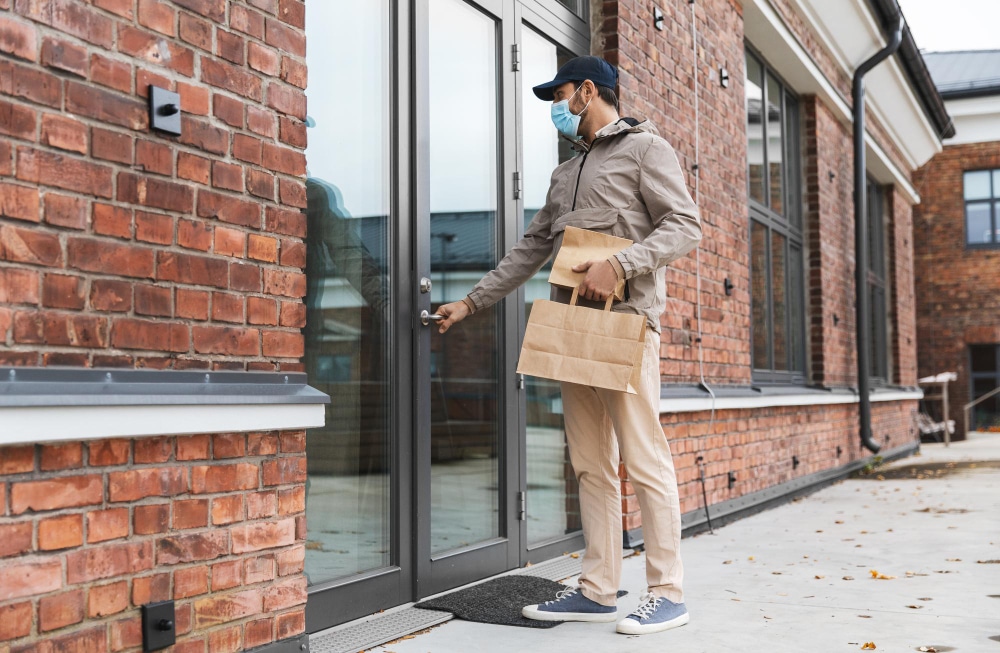
Best Practices for Contactless Delivery Success
To ensure seamless implementation, businesses should follow these best practices:
- Define Clear Processes:
- Establish standard operating procedures for contactless delivery.
- Train couriers to handle unique customer instructions effectively.
- Invest in Technology:
- Choose delivery management software for real-time tracking, ePOD, and route optimization.
- Enhance Customer Communication:
- Send proactive updates, including estimated delivery times and confirmation of completed deliveries.
- Monitor and Adapt:
- Use data analytics to identify pain points and optimize processes continuously.
- Prioritize Security:
- Ensure packages are delivered to safe, designated locations. Photo proof and time-stamped records are essential.
Conclusion
As consumer preferences and technological advancements evolve, contactless delivery will become a cornerstone of modern logistics. Businesses that adapt now will meet current demands and position themselves as leaders in an increasingly competitive market.
Investing in tools like Detrack ensures businesses can offer a superior delivery experience while addressing key pain points. By prioritizing efficiency, transparency, and customer satisfaction, contactless delivery becomes a powerful growth strategy.
Ready to revolutionize your delivery process? Try Detrack today and experience the benefits of seamless contactless delivery firsthand.

